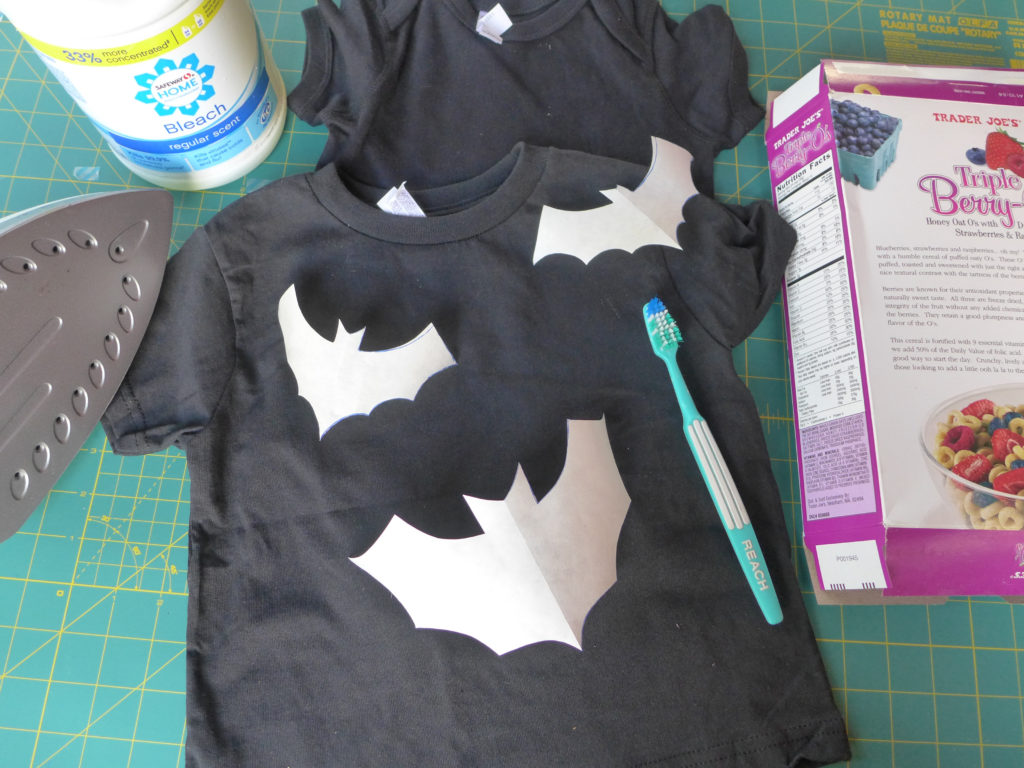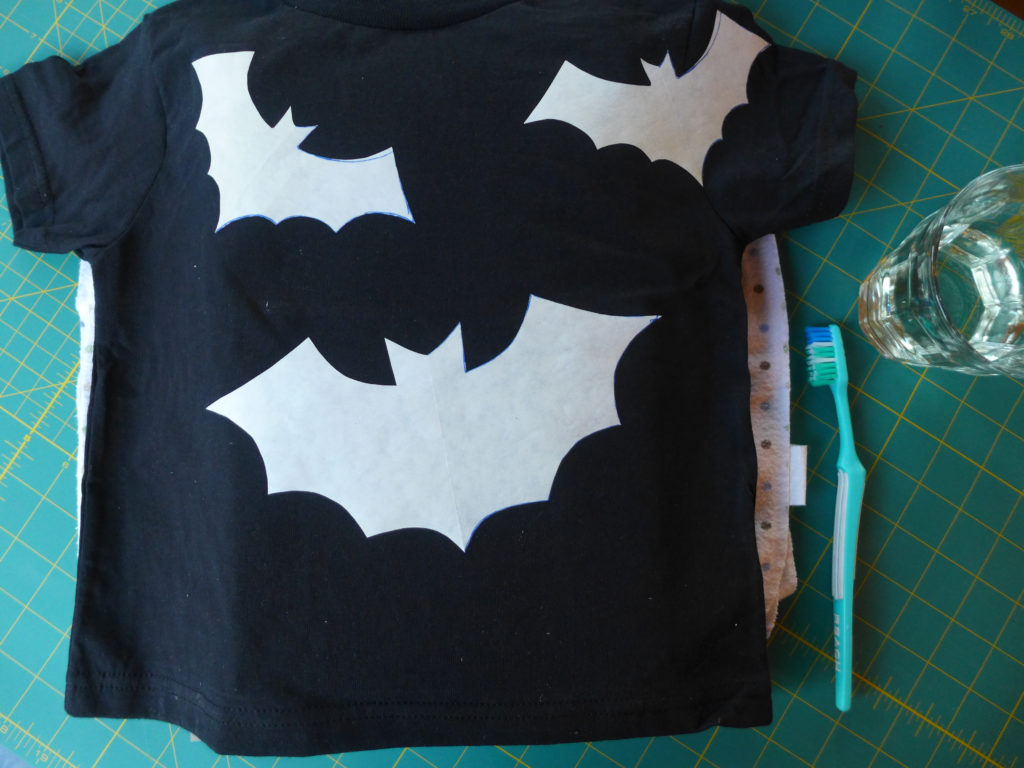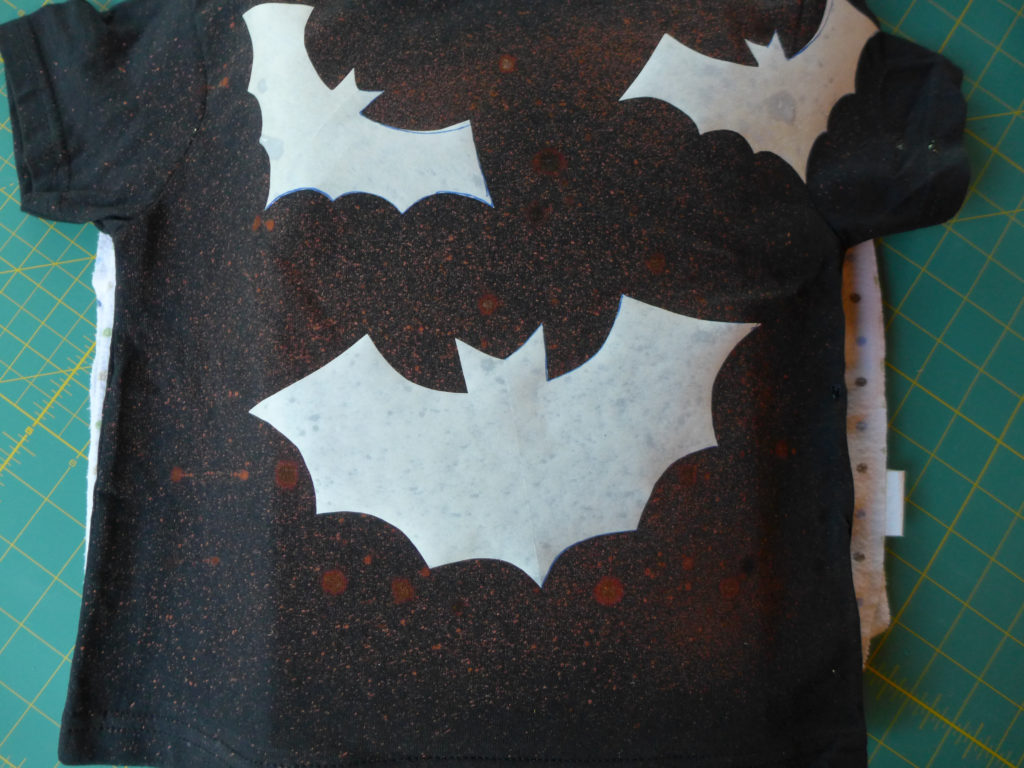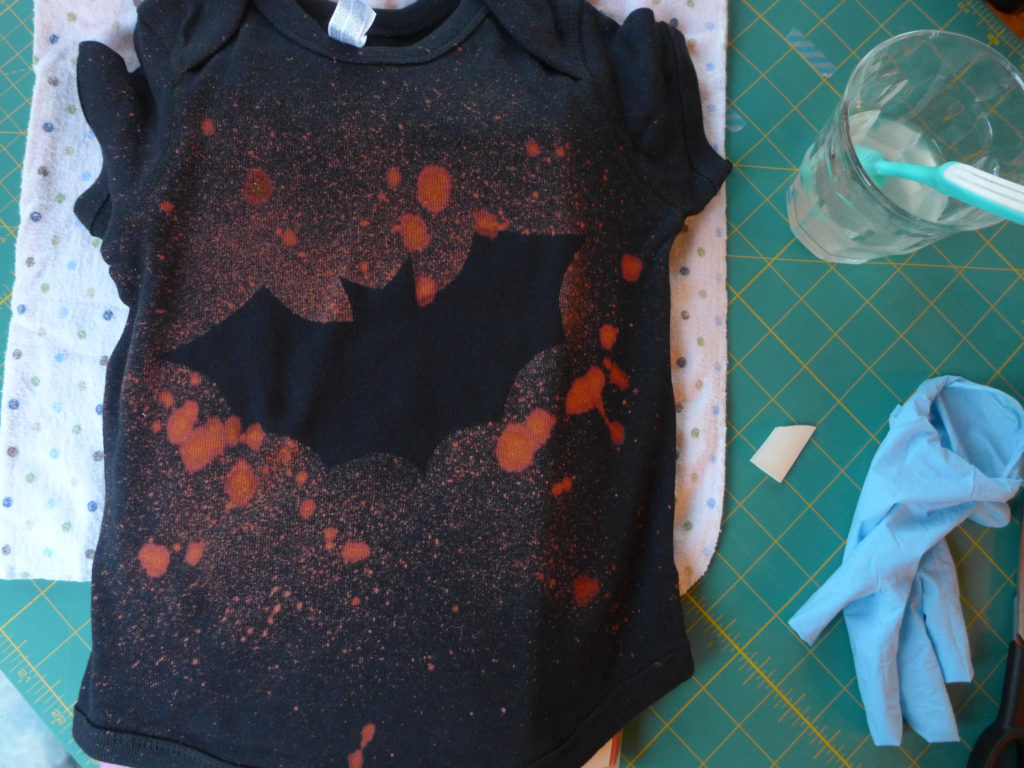Happy October! We first posted this a few years ago, but if you need an idea for a little one, it’s not too early to start. Below is a baby Disco Ball and here is a Circus Strongman.
I feel like it’s been so long since I really dressed up for Halloween. For the past few years, we’ve sat around the house (waiting for those dozen or so trick-or-treaters to show) and would throw on something from my bag of old Halloween costume parts from years past. Witch’s hat, Eskimo, and giant pumpkin for the win! This year Calder said we had to get serious – “don’t get out your witch’s hat” may have been a direct order. Luckily, some serendipitous inspiration struck not once, but twice, last weekend.
Moment 1: It began with me ordering this baby jailbird costume out of desperation. Did you see those tattooed arms?! A few hours after placing the order, I remembered Oh Happy Day’s strongman costume from last year – so awesome, right? And perfect for Little A. If he’s a strongman, then I’m happy to partner up as the bearded lady. And now we have a pair of costumes for our town’s Halloween parade.
Moment 2: Calder was randomly telling me that he wanted to bring 70’s fashion back (no joke). Minutes later we wandered into vintage store and found the most amazing 70’s clothes! Calder walked out with a pair of plaid pants and three rayon shirts with extra large lapels. Me? I’m the proud new owner of a psychedelic jumpsuit. All we needed was a disco ball. Enter Alex. And now we have the family costume theme that we needed for a friend’s party next weekend!
Making the Disco Ball
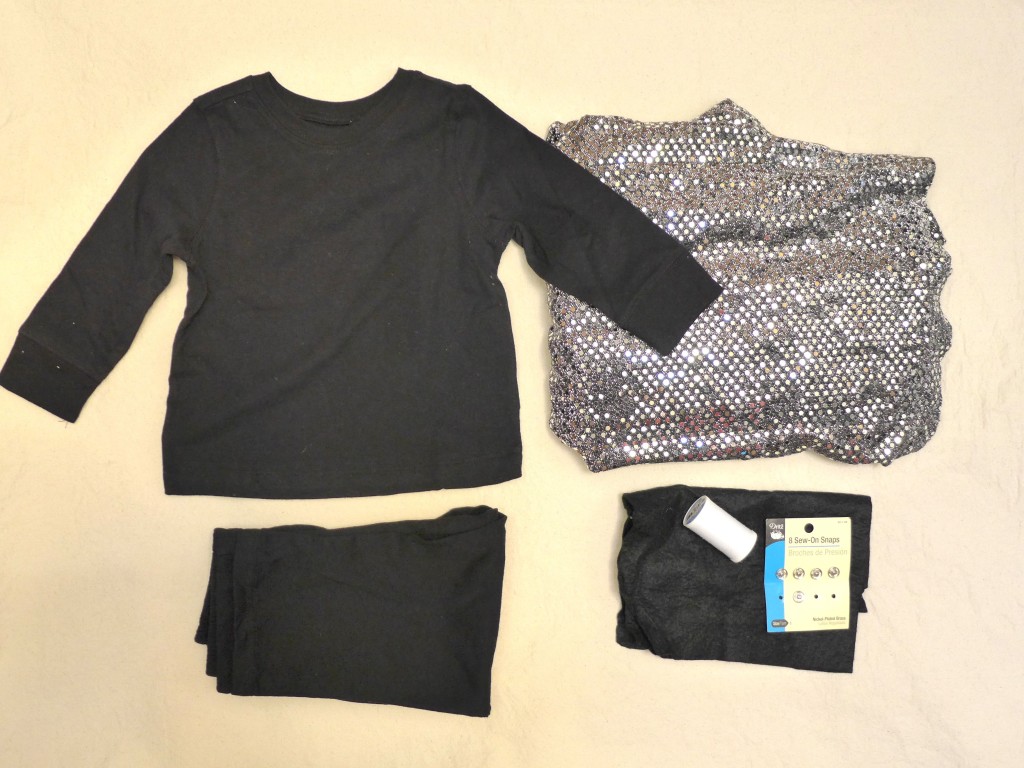
Little A is a mover, and we have a strong feeling that he’s not going to put up with having a costume with a lot of frills, bulk, or even a hat. So we have to keep everything simple and make sure that it’s still easy for him to move. What we wanted to do here was to make him a sequined shirt that he could still easily move in. We thought about stuffing it to give him more of a ball shape, but his big belly is round enough.
I’ve been holding onto a sequined dress since high school (thank you Christmas band concert), knowing that it would come in handy eventually. Our plan was to make a simple sequined shirt/vest for Alex to wear over a black shirt and pants. Originally I thought I would use black felt to make the shoulder straps and snaps for closures (shown in the materials photo above), but as it turns out, I didn’t need either!
The straps on the top of the dress, are almost perfectly spaced for little A’s shoulders. So, all I had to do was take in the sides slightly, and shorten the dress to the length we wanted. The one challenge to shortening it was that the long zipper. In the photo above on the right, I’m showing you where the zipper ends with my thumb and how short I want it with my finger.
The dress’ sides had been brought in once before (red thread above). I wanted to bring in the seams by another inch or so, and I was going to cut off the excess fabric so that it didn’t add bulk. The one challenge I faced was that the sequins seemed to eat up the thread, and I would end up with gaps without stitching. I was using a cotton thread, maybe there’s a better choice? I handled it by just sewing the same line a few times, and it worked well enough.
The next challenge was the zipper. I’m not a zipper expert, but I do know that these zippers with small-ish plastic teeth are easy to shorten. You begin by marking the point that you want to be the new bottom of the zipper. At that point you’ll sew a bar tack over the zipper’s teeth. To do this, set your machine on a zig-zag stitch that is just wider than the zipper’s teeth with the stitch length as short as it can go (so you’re sewing back and forth over the zipper at the same point). I began by testing the stitch without thread in the needle, manually moving the needle to test stitch widths and making sure that the zipper was perfectly centered so that I wouldn’t hit its teeth with the needle.
After the bar tack is sewn, I cut out the zipper’s extra teeth, keeping my scissors as close to the teeth as possible and leaving the zipper tape intact. To close the hole that was made by the missing zipper, I sewed the excess dress hem (that would have covered the zipper) to the zipper tape on the opposite side, closing that hole. You can see this line of stitching in the photo above on the right. At this point I had a segment of the dress that was the correct width and could be cut to the right length for the little guy. So, it was time to try it on and get that final length measurement!
He was a willing model first thing in the morning – as long as I didn’t mind him running around with his dog named Cat. He was super excited when he figured out that Cat could ride the bike by sitting in the water bottle holder. With the fitting done, I cut the dress to the length we wanted and our disco ball costume was complete!
Here are a few more disco shots, crazy eyes and all!
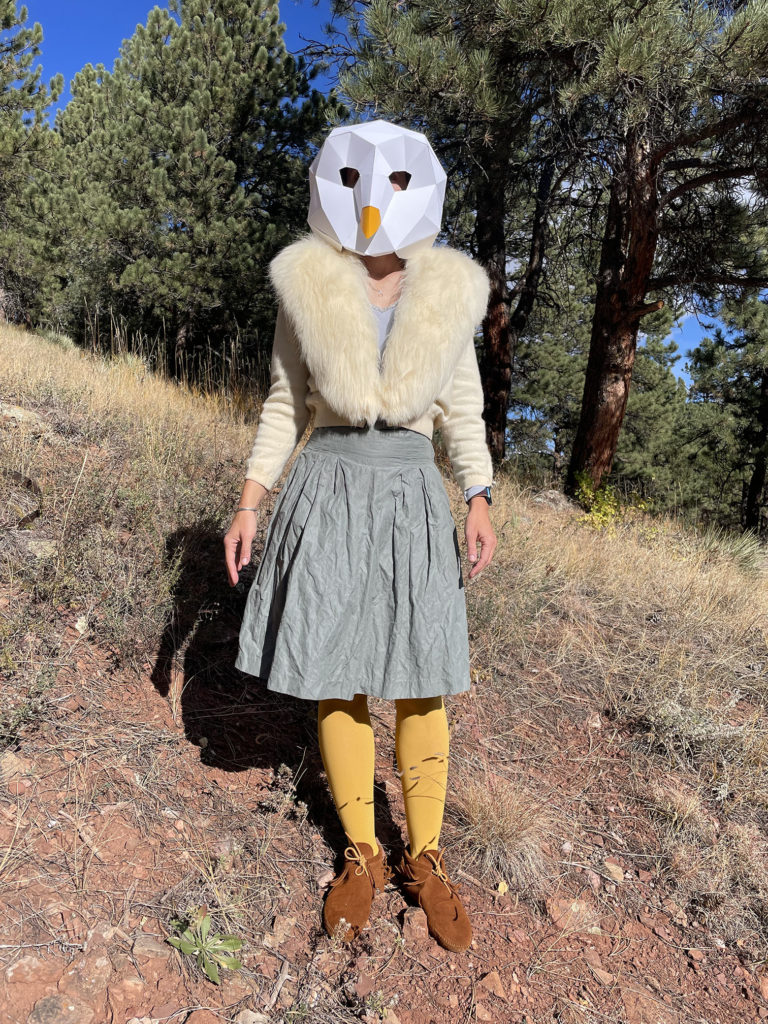

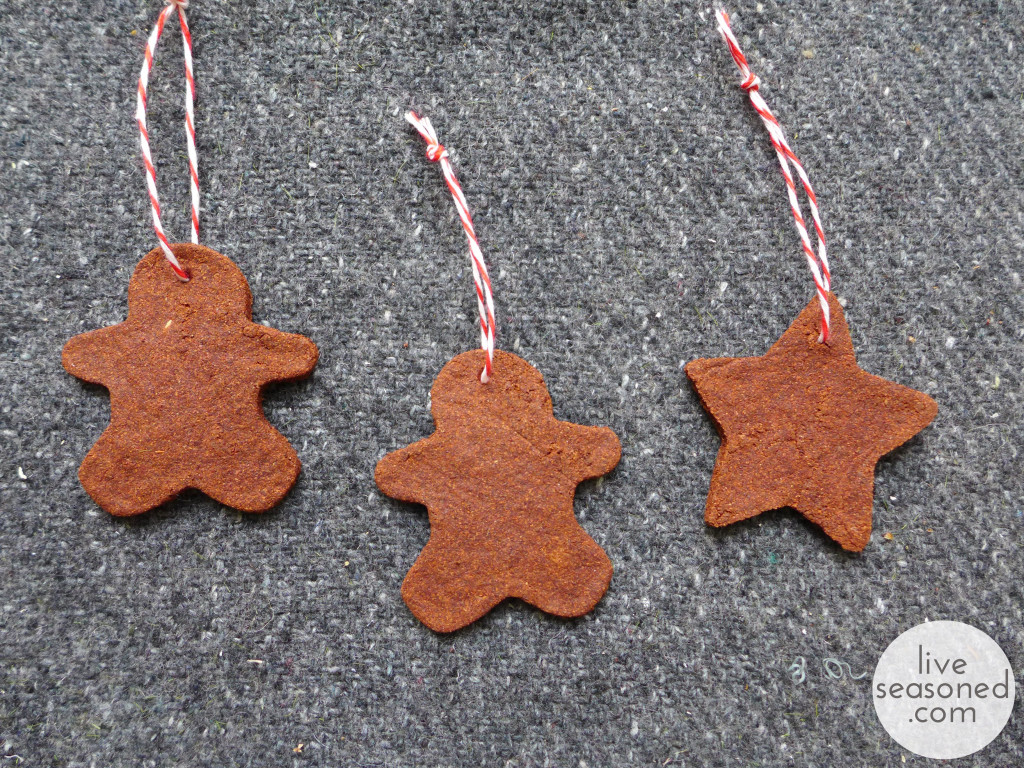

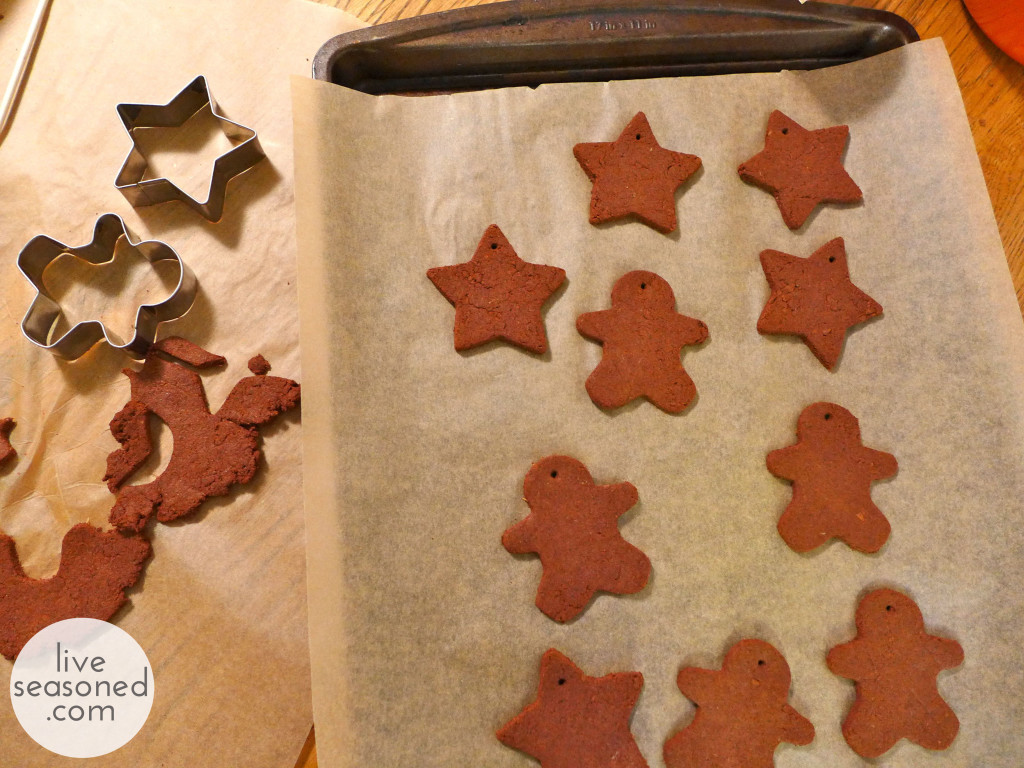
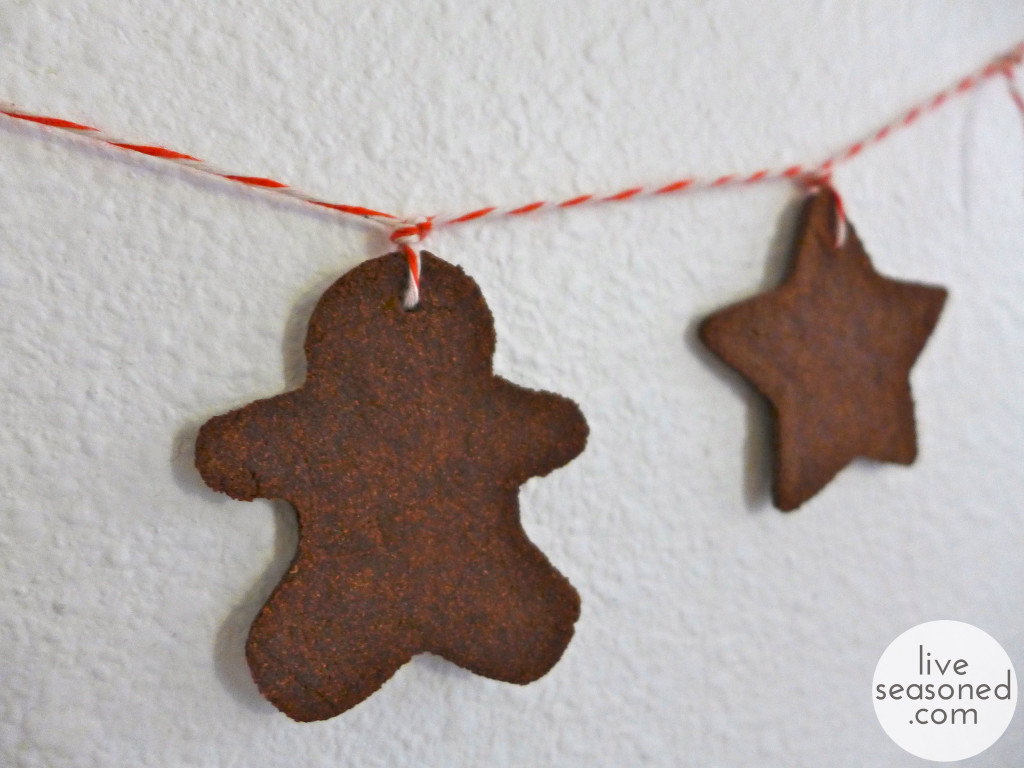
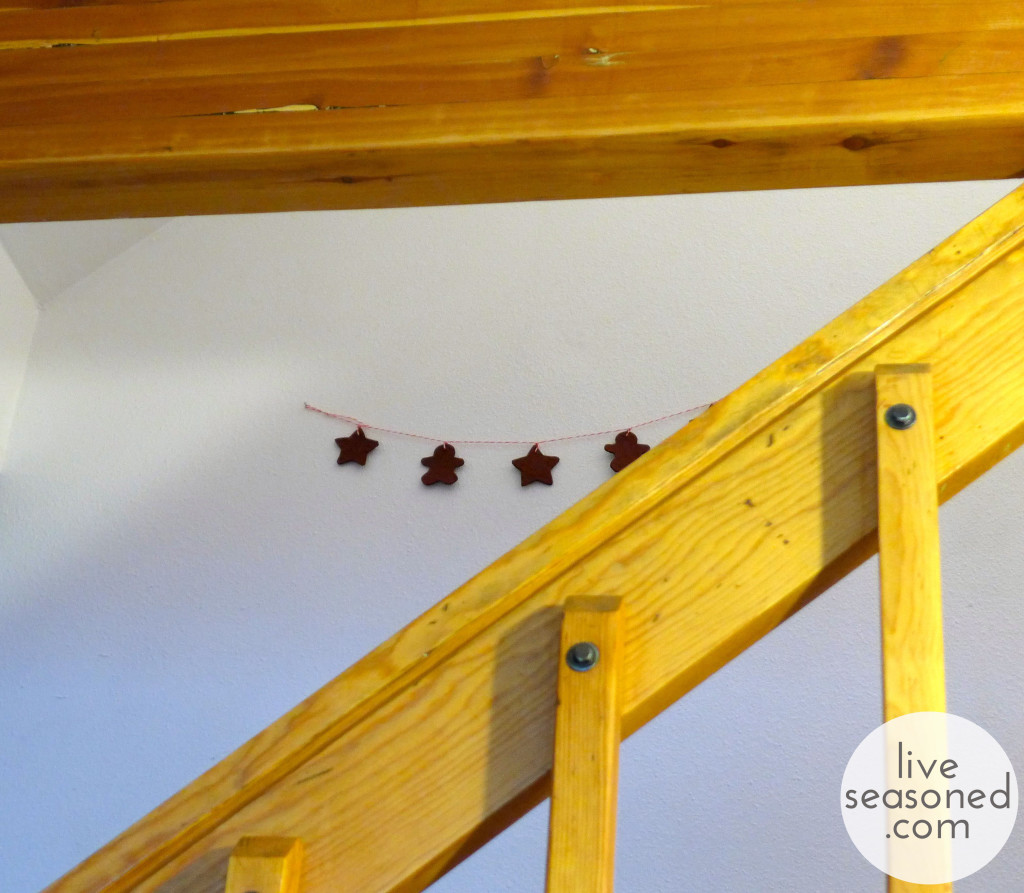
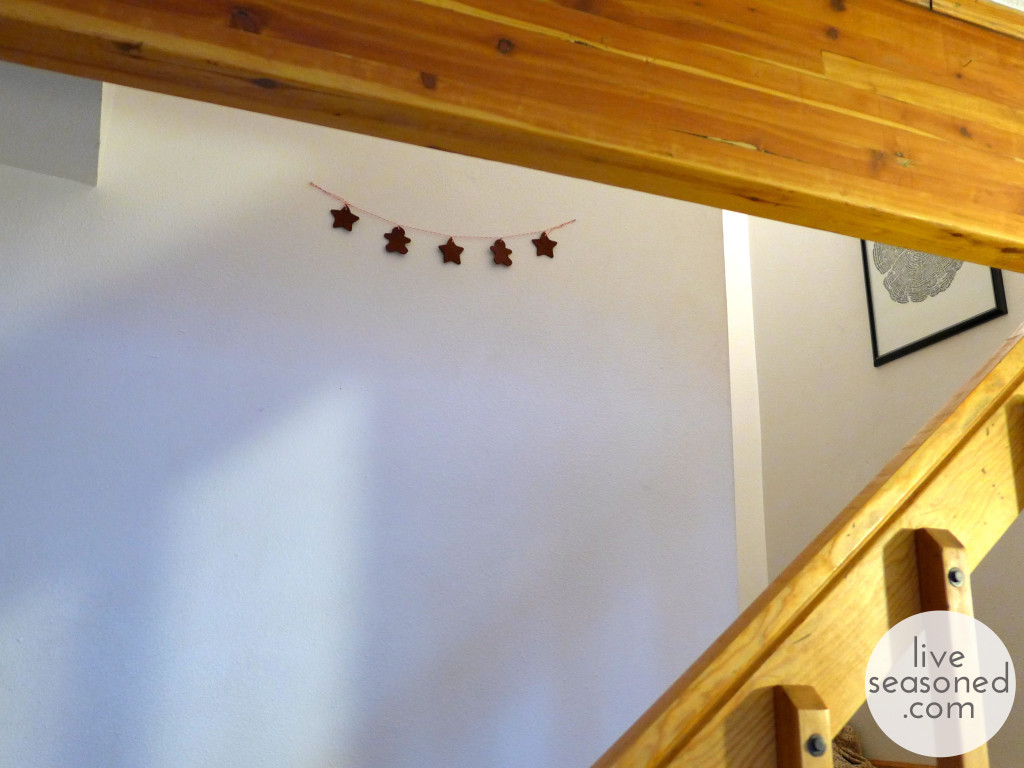

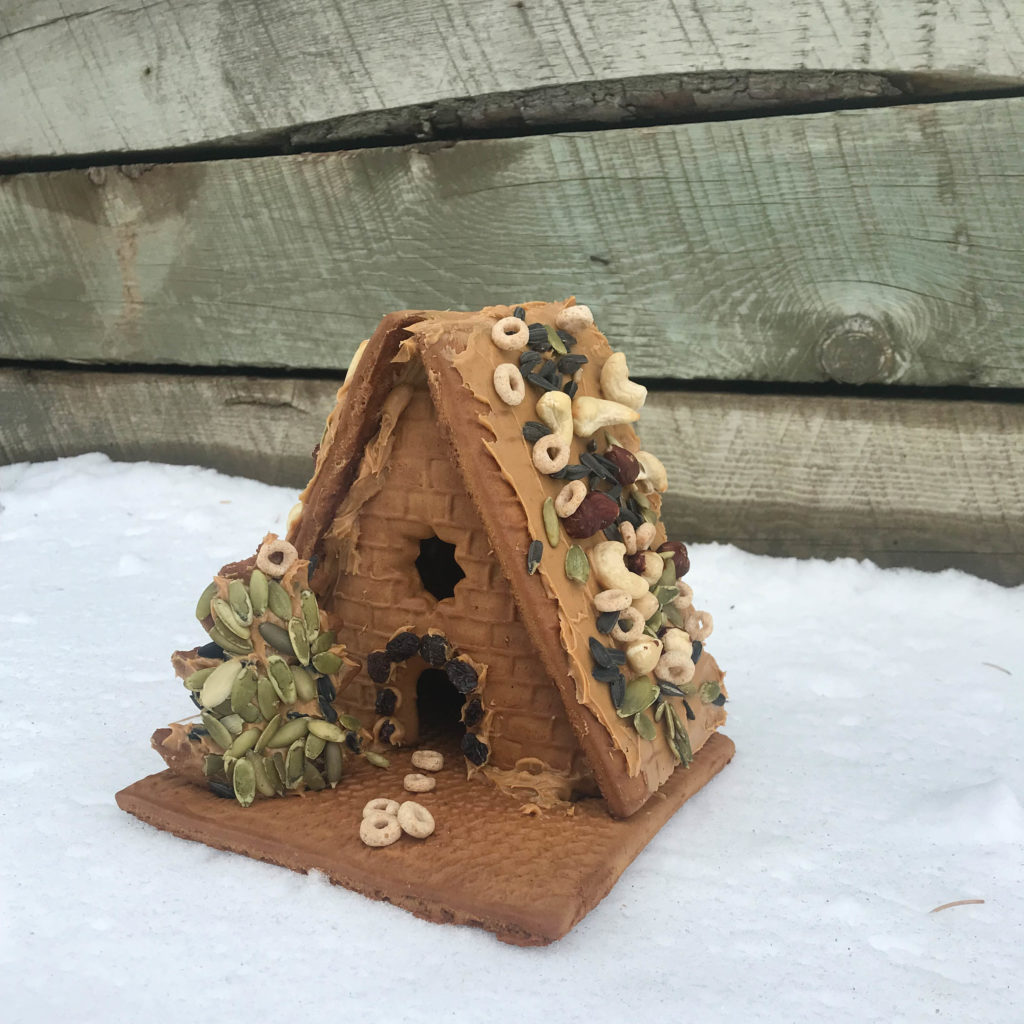
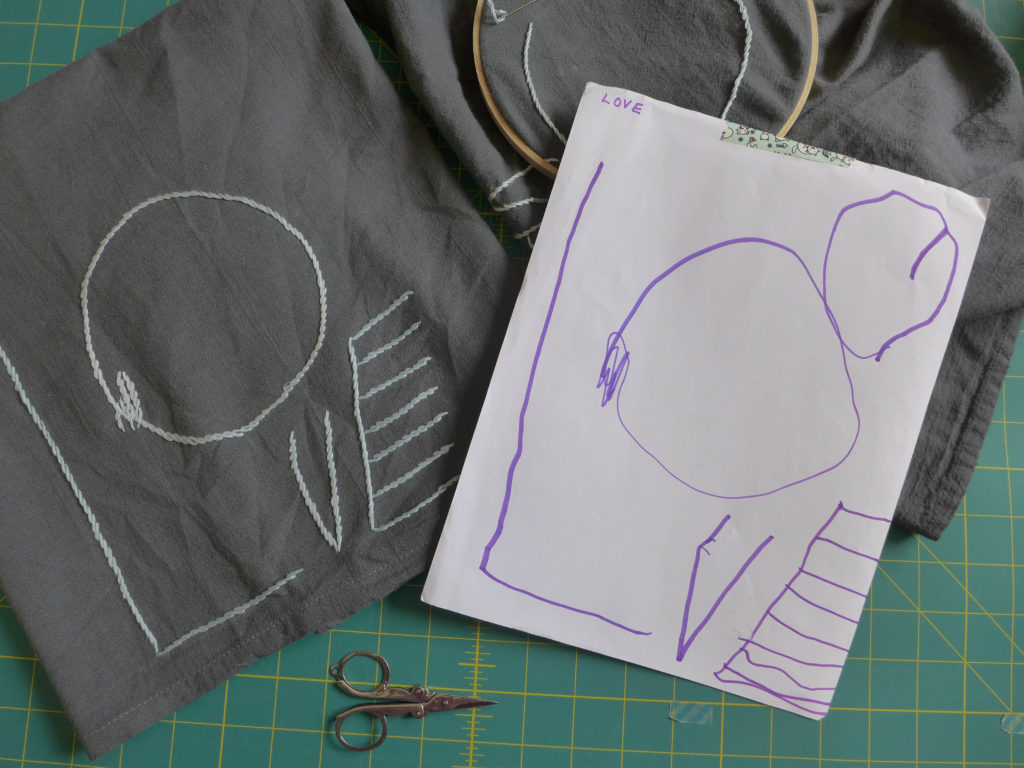
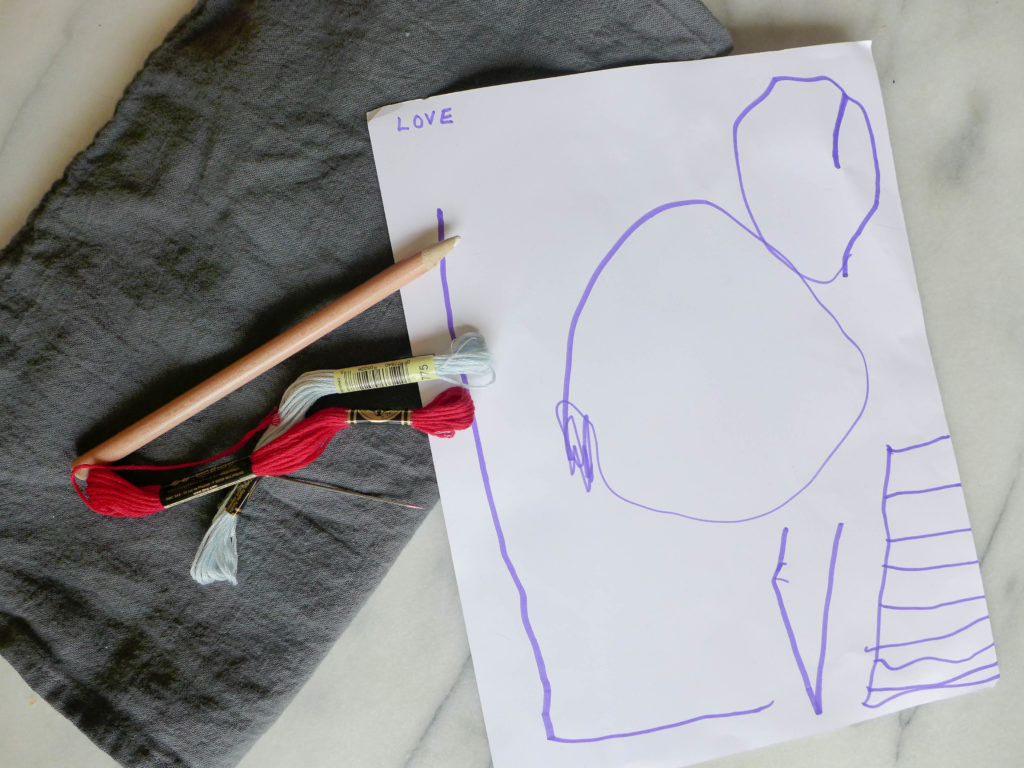
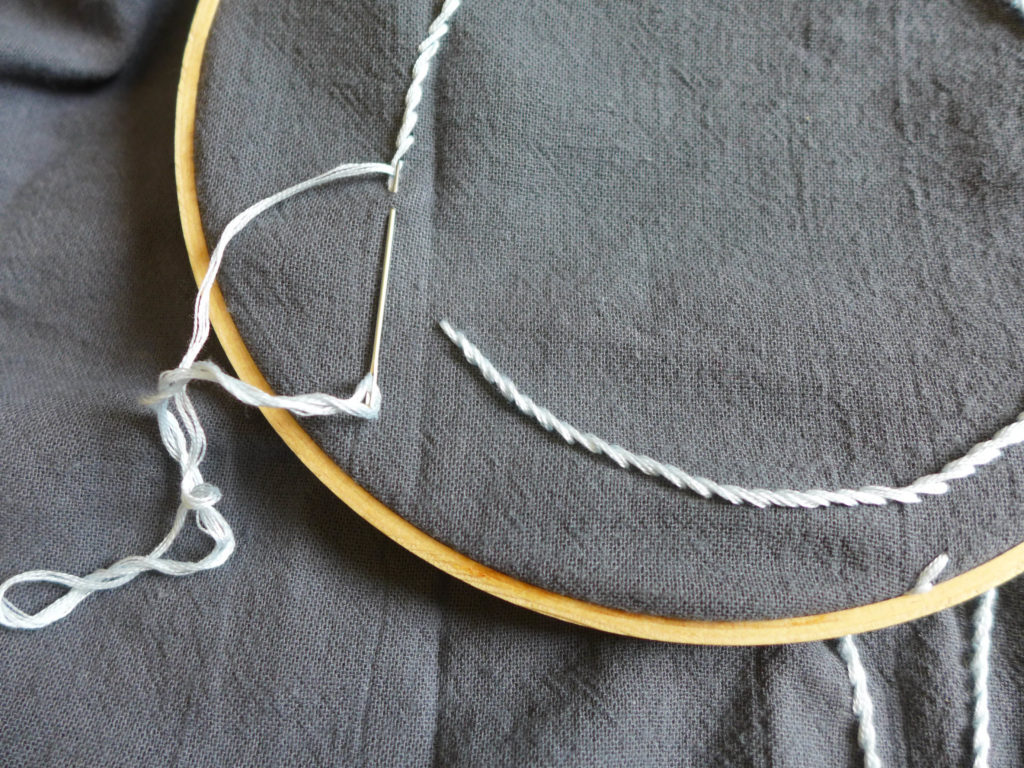
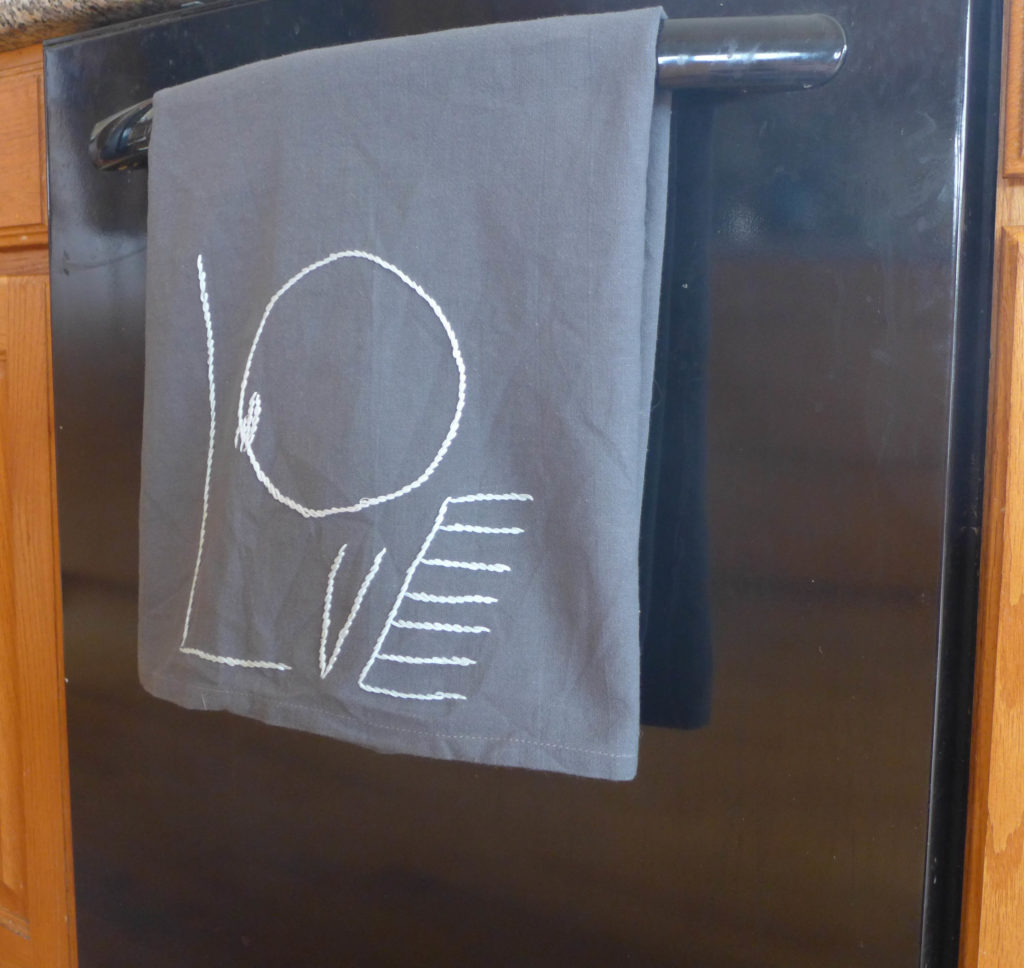
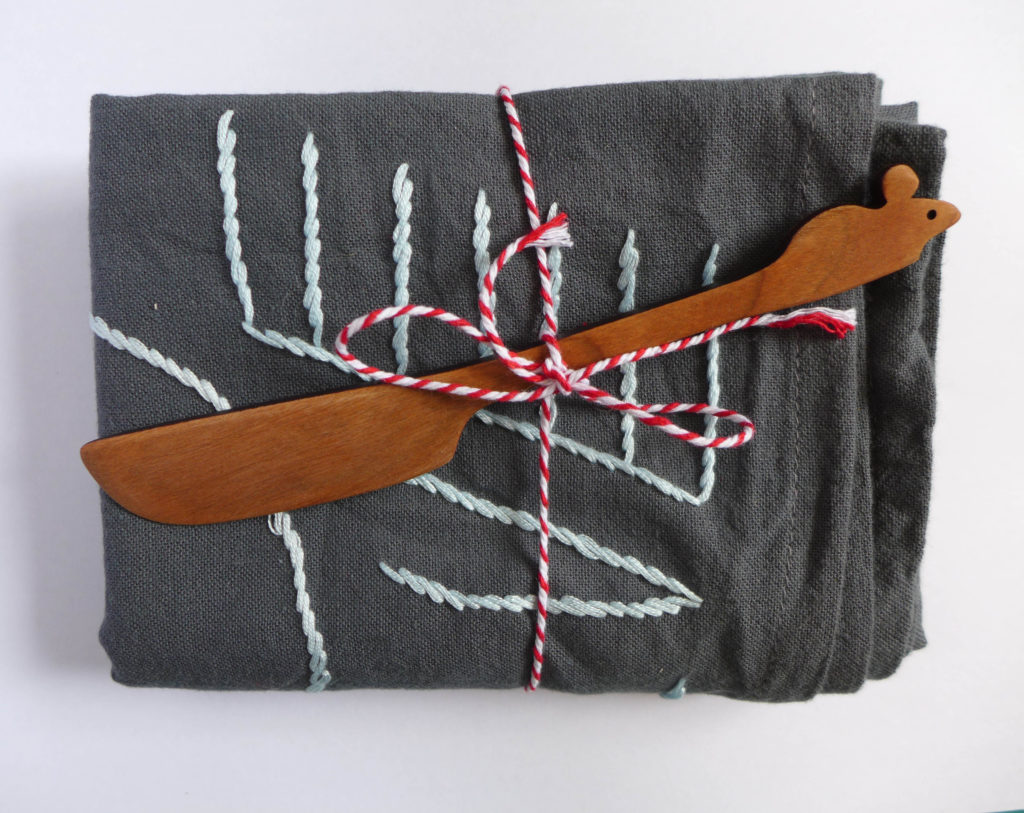
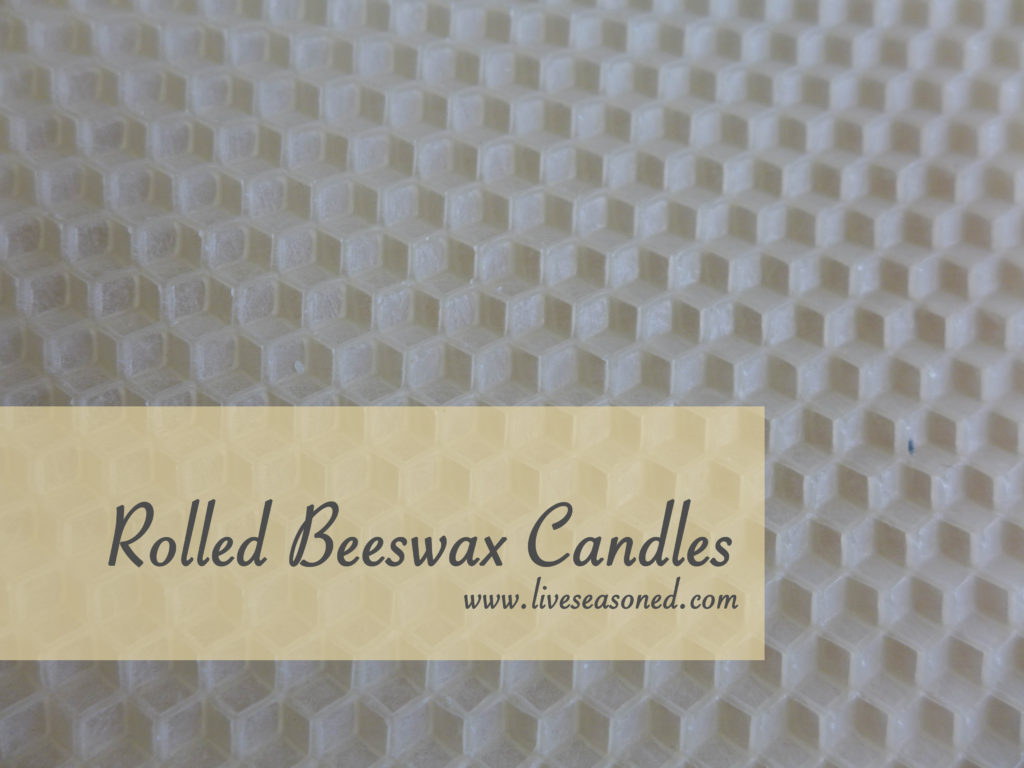
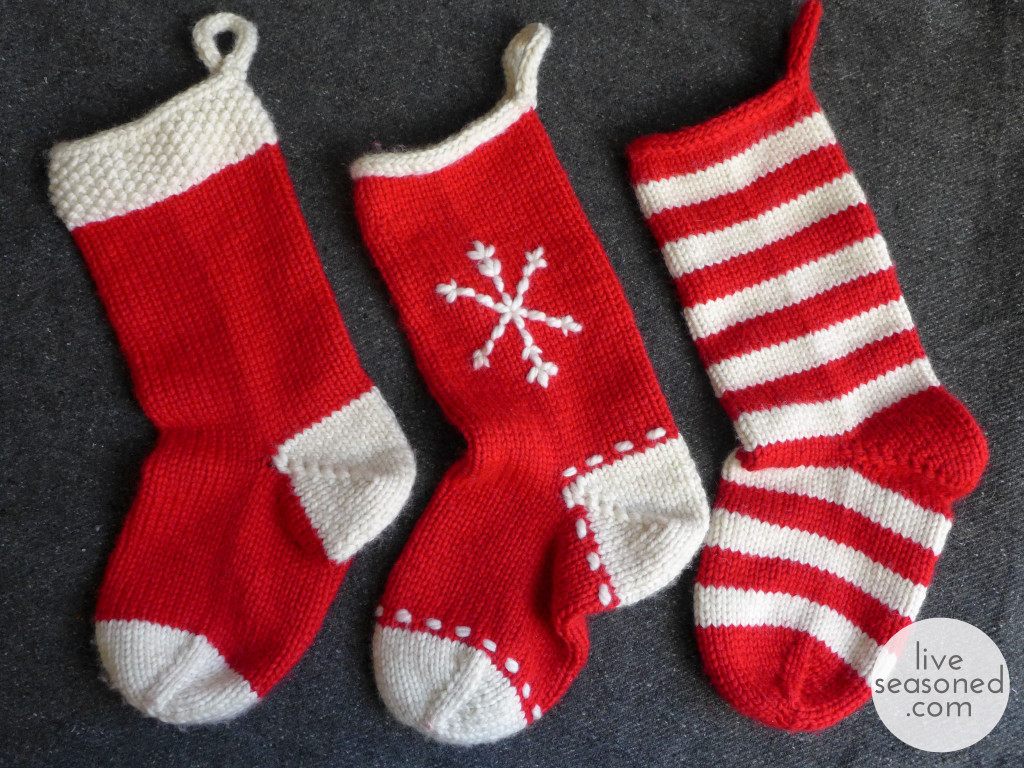
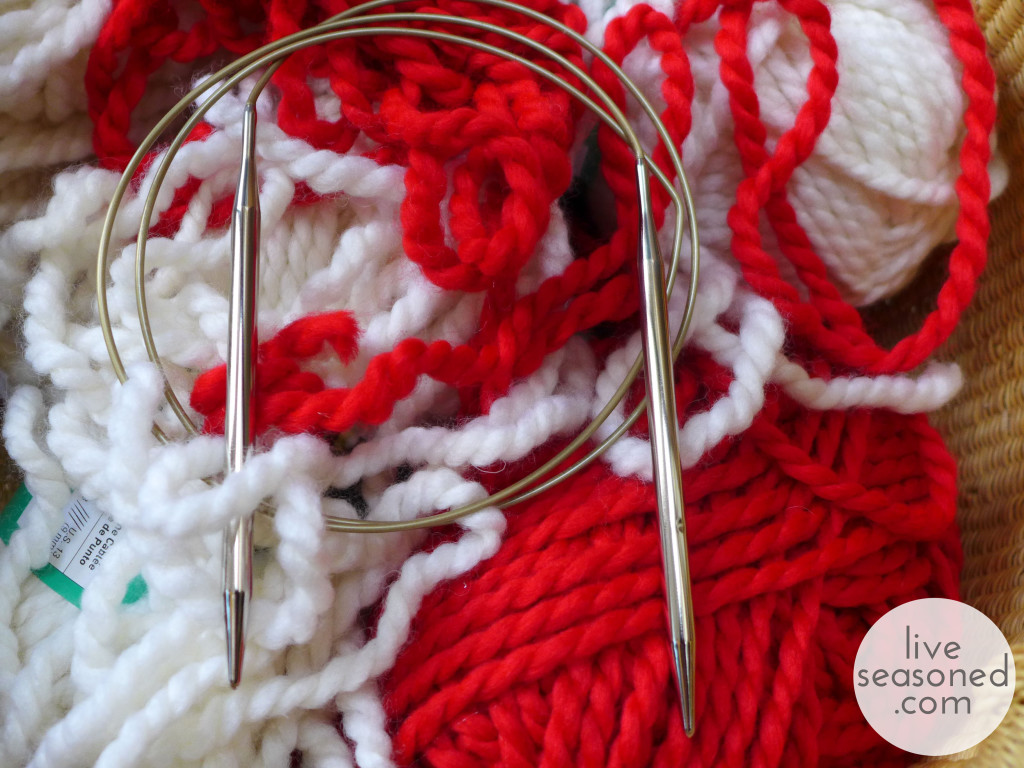
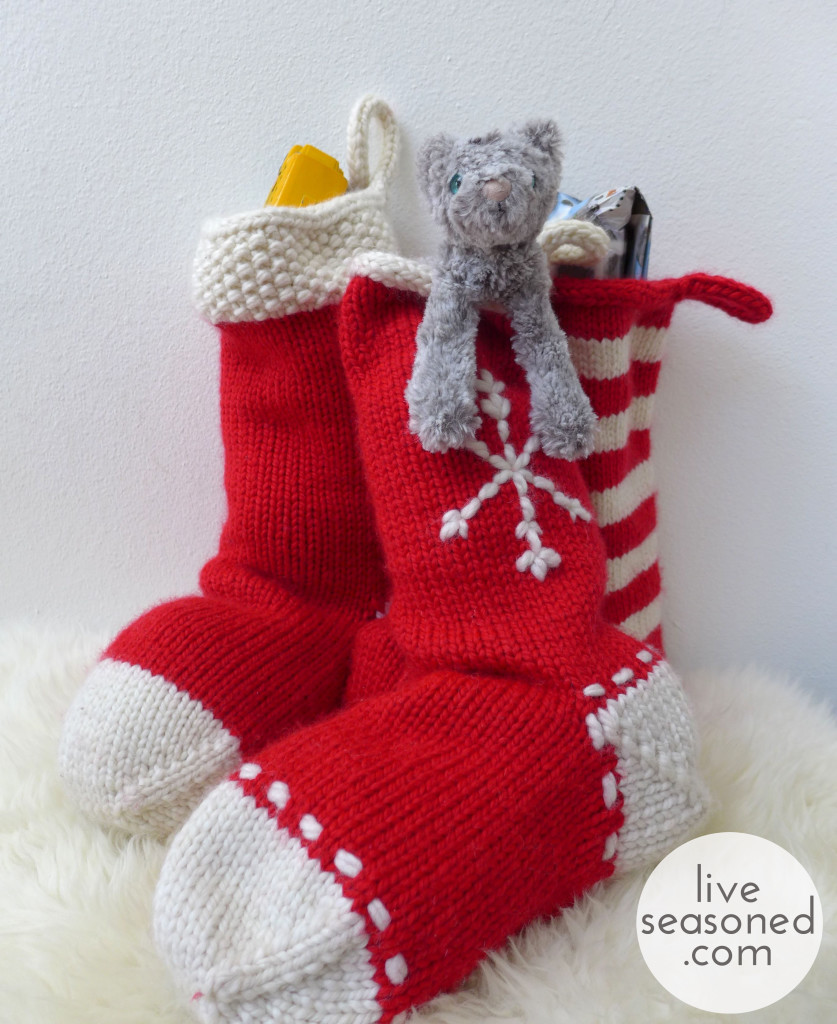


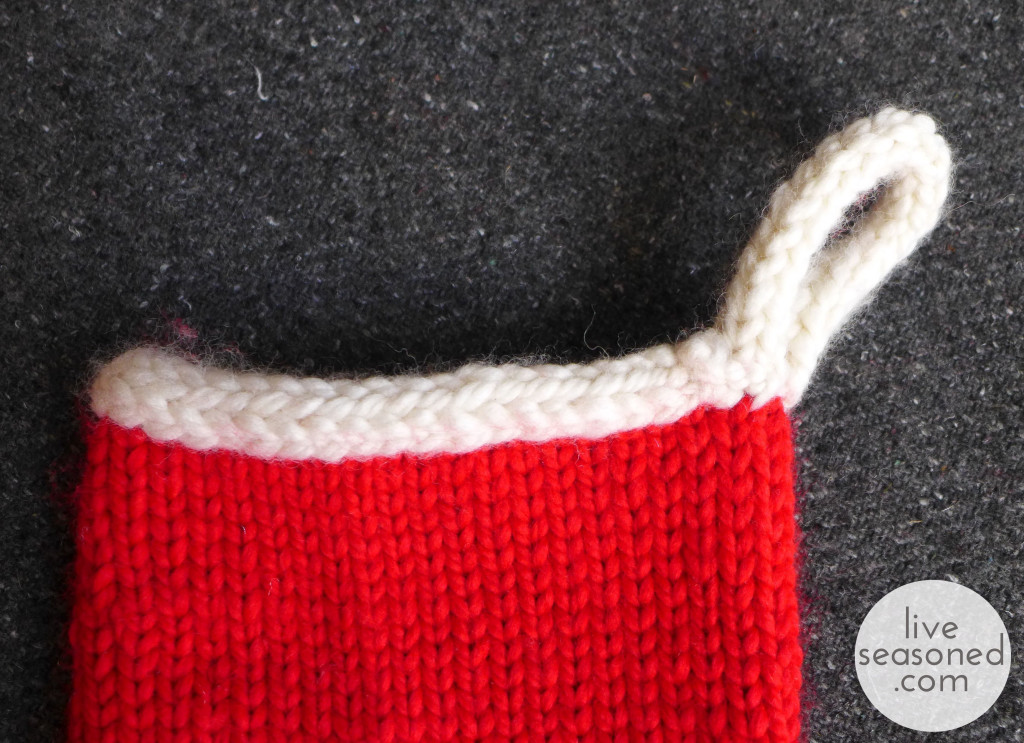







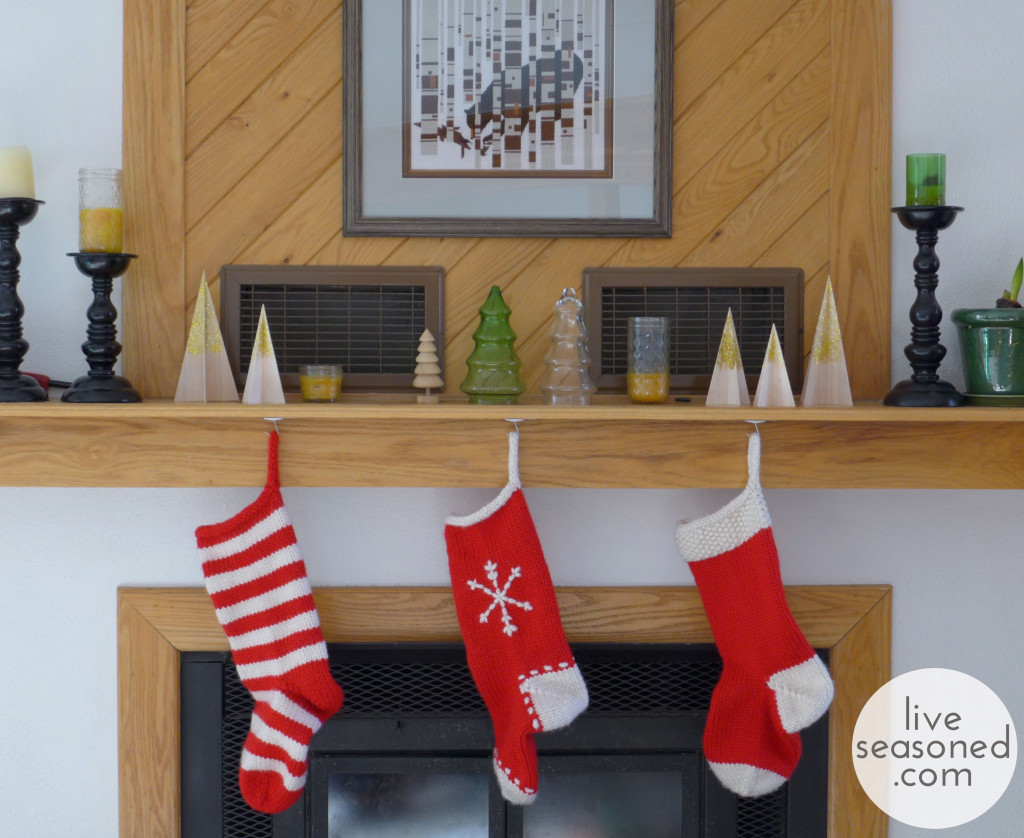
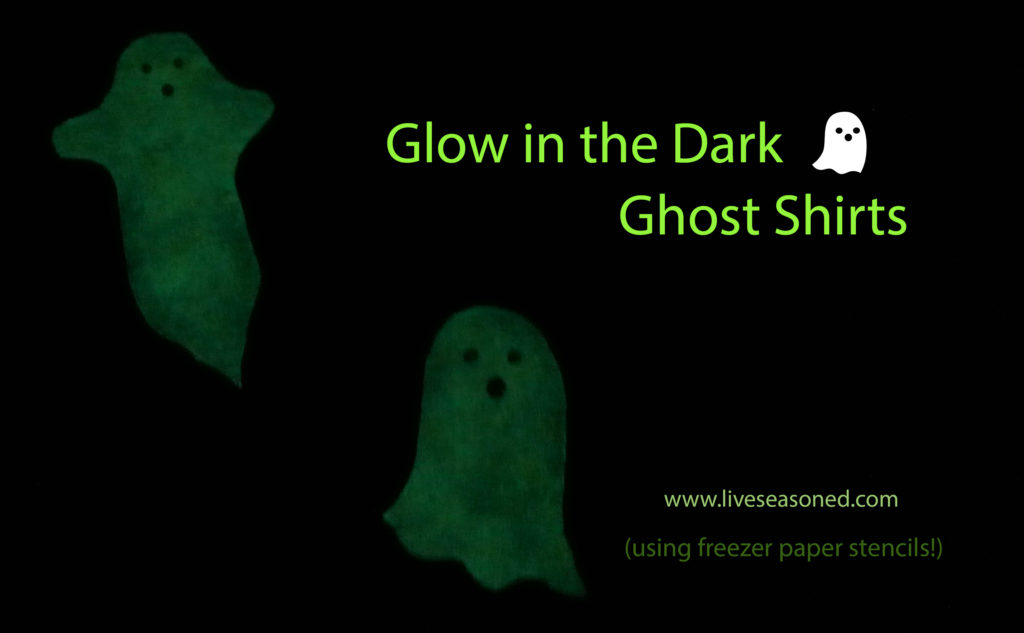 Last year we made
Last year we made 















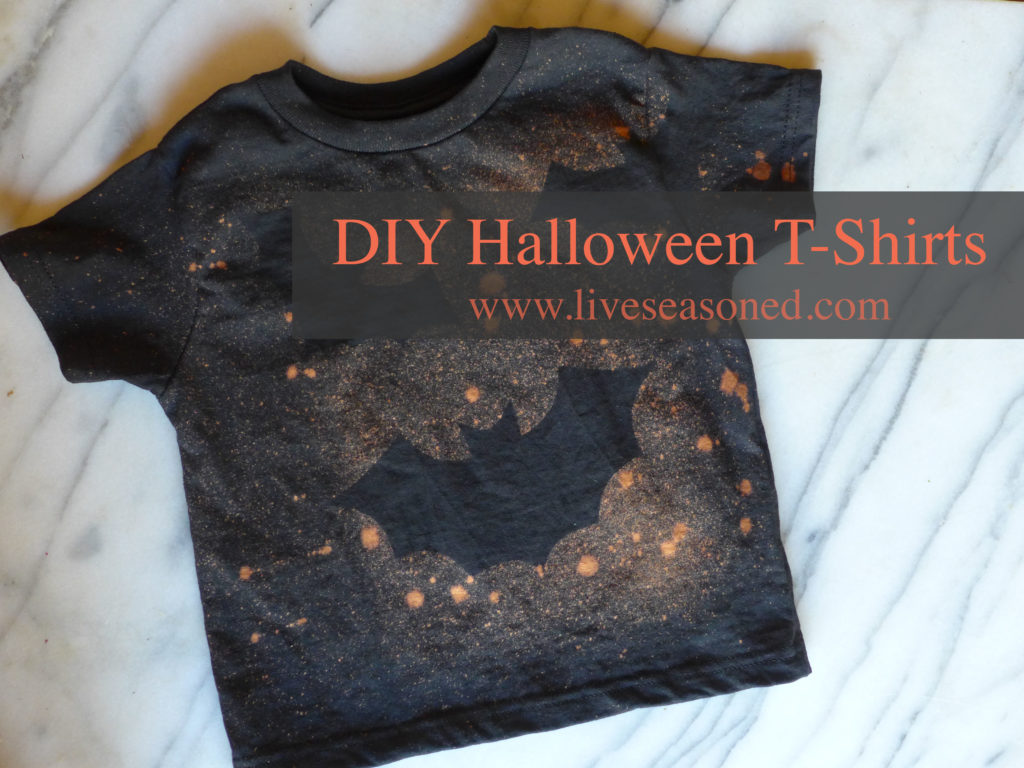 This project couldn’t be easier, but unfortunately, since you’re working with bleach, this is not necessarily a kid-friendly DIY. Don’t worry, they’ll have a great time watching the “magic formula” work!
This project couldn’t be easier, but unfortunately, since you’re working with bleach, this is not necessarily a kid-friendly DIY. Don’t worry, they’ll have a great time watching the “magic formula” work!